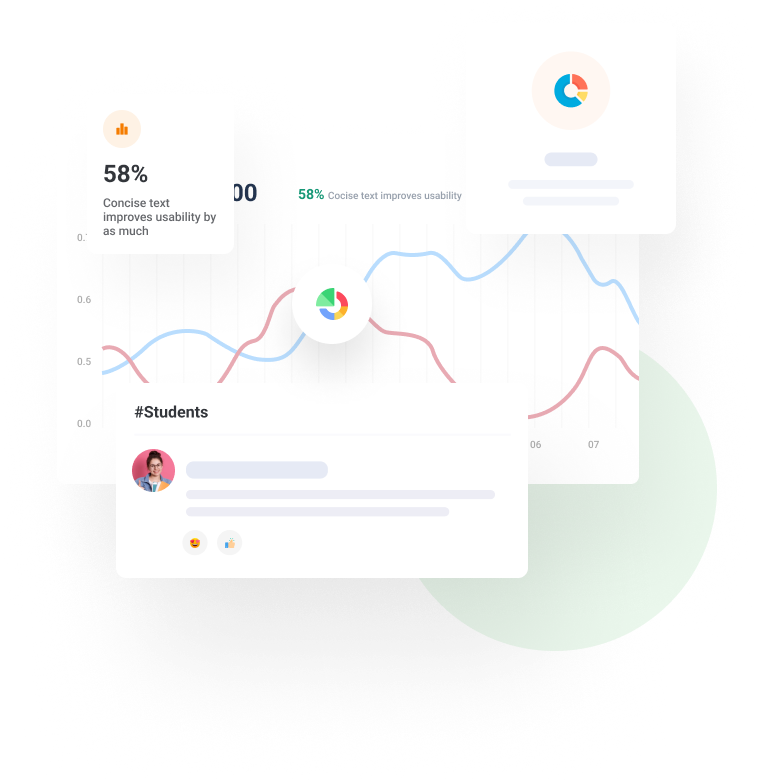Animations for Learning: Design Philosophy and Student Usage in Interactive Textbooks
Published June 19, 2019
Authors
N. Sambamurthy
zyBooks, A Wiley Brand
F. Vahid
University of California, Riverside, zyBooks A Wiley Brand
A
Abstract:
nimations have been used in science and engineering to facilitate student learning of difficult concepts. For example, microwaves have been animated to help electrical engineering students visualize field behaviors, and electron flow in electrolyte solutions have been animated to address misconceptions in college chemistry. Much research has examined the effectiveness of animations and visualizations in engineering education. Further, many types of animations utilize various formats for conveying the dynamic concepts. Some formats utilize captions, some are continuous, some give student controls like pause and play speed, some use animations for only motion, and so on. We have developed an animation format philosophy over the last 7 years that has been applied to multiple engineering and math disciplines with wide-spread adoptions. Our animations are integrated into web-based interactive textbooks and been viewed 30 million times by over 500,000 students across 600 universities. The philosophy includes two general actions: Unveiling a complex concept, and visualizing a dynamic process. This paper describes that animation format philosophy, including pedagogical considerations made in designing animations, multiple examples, and reasons for implementing an animation.









